When it comes to the world of transportation, understanding the specifications of truck trailers is crucial for efficient logistics management. Among these specifications, the height of a truck trailer is a particularly significant factor that impacts loading, unloading, and compliance with road regulations. This article provides an exhaustive overview of truck trailer heights, discussing their importance, regulations, the variations among trailer types, and implications for loading practices.
Understanding Trailer Heights: An Overview
The Standard Height Range
Truck trailers vary in height—a typical semi-trailer stands around 13.5 feet (or approximately 162 inches) tall when loaded. It’s important to note that this height may vary based on the trailer type, cargo, and any modifications made to the vehicle. Below is a table summarizing standard heights for various trailer types:
| Trailer Type | Average Height (Feet) | Average Height (Inches) |
|---|---|---|
| Standard Flatbed Trailer | 13.5 | 162 |
| High-Cube Container Trailer | 9.5 | 114 |
| Step-Deck Trailer | 11.5 | 138 |
| Lowboy Trailer | 12.5 | 150 |
| Enclosed Cargo Trailer | 13.5 | 162 |
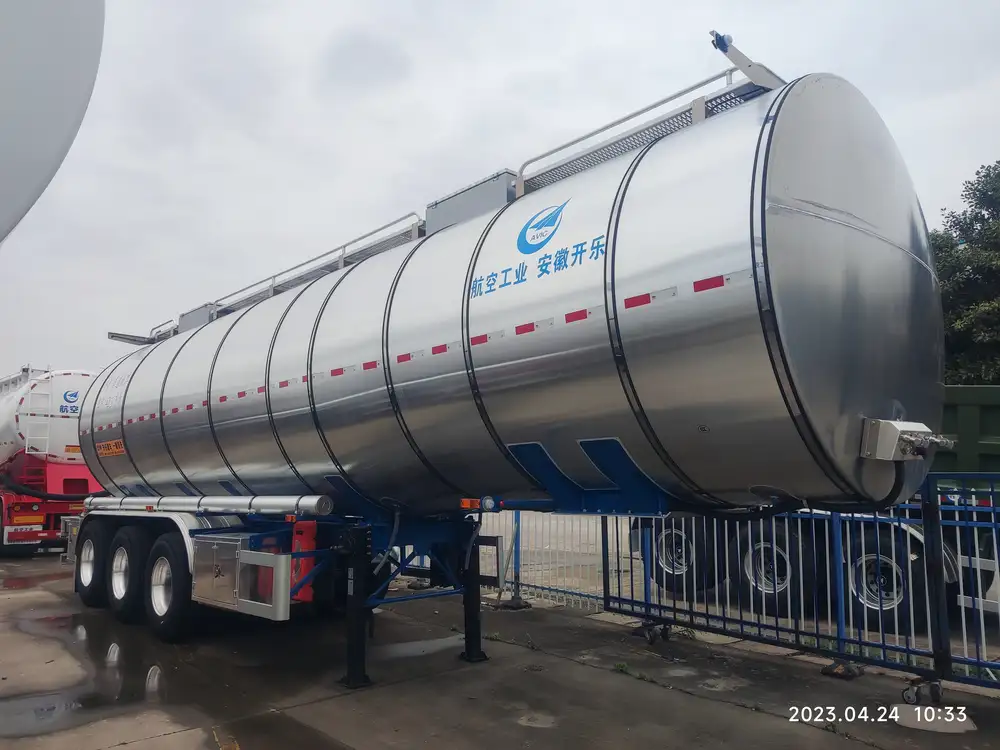
Regulatory Compliance and Height Limitations
Each state possesses its own regulations regarding truck trailer heights, primarily to ensure safety on the roads. In the United States, federal law maintains that the maximum height for commercial vehicles is 13.5 feet. States may impose stricter limitations, and drivers should always be vigilant regarding low overpasses, bridges, and certain urban areas where height restrictions apply. The importance of adhering to height regulations cannot be overstated, as violations could result in expensive fines and potential damage to the vehicle and infrastructure.
Factors Influencing Trailer Height
Trailer Type and Design: The primary determinant of a trailer’s height is its design. For instance, flatbed trailers typically have a standardized height but are often equipped with ladders or sidewalls that can impact overall dimensions.
Cargo Specifications: The weight and type of cargo significantly influence trailer height, especially in cases involving bulk materials or specialized equipment.
Suspension System: Different suspension systems can affect how a trailer sits when loaded versus unloaded, influencing height.
Practical Considerations for Loading and Unloading
Understanding the height of truck trailers is vital when it comes to loading and unloading cargo. Utilizing loading docks often requires knowledge of both the height of the trailer and the height of the dock.
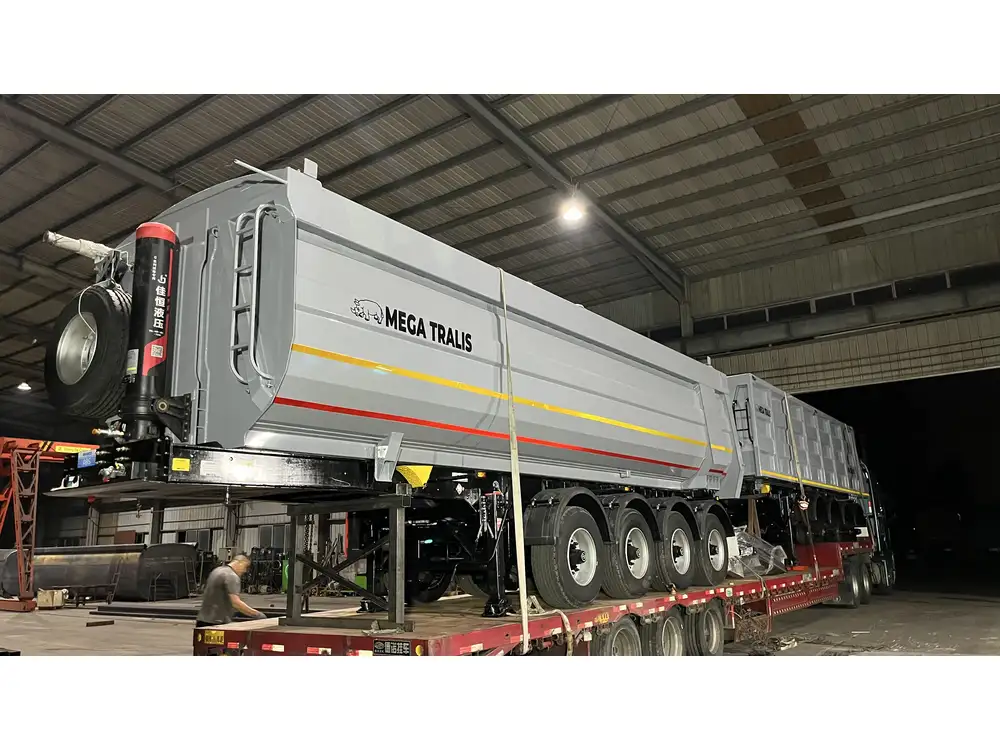
Loading Dock Heights
Most standard loading docks are around 48 to 52 inches high. When aligning with the trailer height, this facilitates the effective loading of goods without the need for additional ramps or lifting equipment.
| Dock Height (Inches) | Optimal Trailer Height (Inches) | Loading Equipment Recommended |
|---|---|---|
| 48-52 | 162 | Forklifts, Pallet jacks |
| 35-40 | Varies (Step-Deck recommended) | Hand trucks |
Height Variations in Different Truck Trailers
Recognizing the various types of truck trailers is essential for understanding their height specifications:
1. Standard Semi-Trailers
From dry vans to refrigerated trailers, standard semi-trailers predominantly measure up to 13.5 feet. This consistency allows for seamless transitions between different carriers.
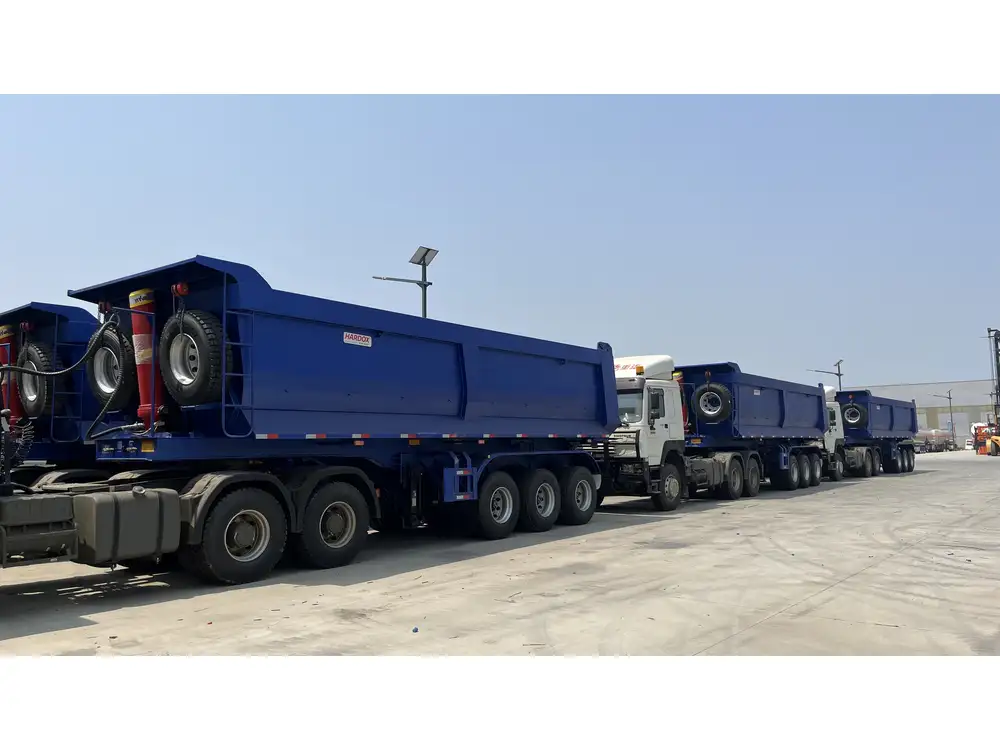
2. High-Cube Containers
Commonly used in international shipping, these containers stand about 9.5 feet tall. The high design maximizes capacity while requiring caution on height-restricted routes.
3. Flatbed Trailers
Flatbeds are typically around 13.5 feet tall when loaded. Their lack of walls adds flexibility in loading various cargo but also necessitates vigilance regarding height compliance.
4. Tanker Trailers
Used primarily in transporting liquids, tanker trailers range from 13.5 to 14.5 feet tall, depending on design specifications. This elevation is crucial for maintaining optimal safety and operational efficiency.

5. Specialized Trailers
Examples include lowboy trailers, which are intentionally designed to carry tall loads such as machinery. These trailers typically have a lower height, around 12.5 feet, allowing them to accommodate higher cargo without exceeding road regulations.
The Importance of Knowing Trailer Heights in Logistics
Efficient Route Planning
Logistics managers must account for trailer height during route planning. This knowledge helps avoid low-clearance areas and reduces the risk of costly accidents or damage.
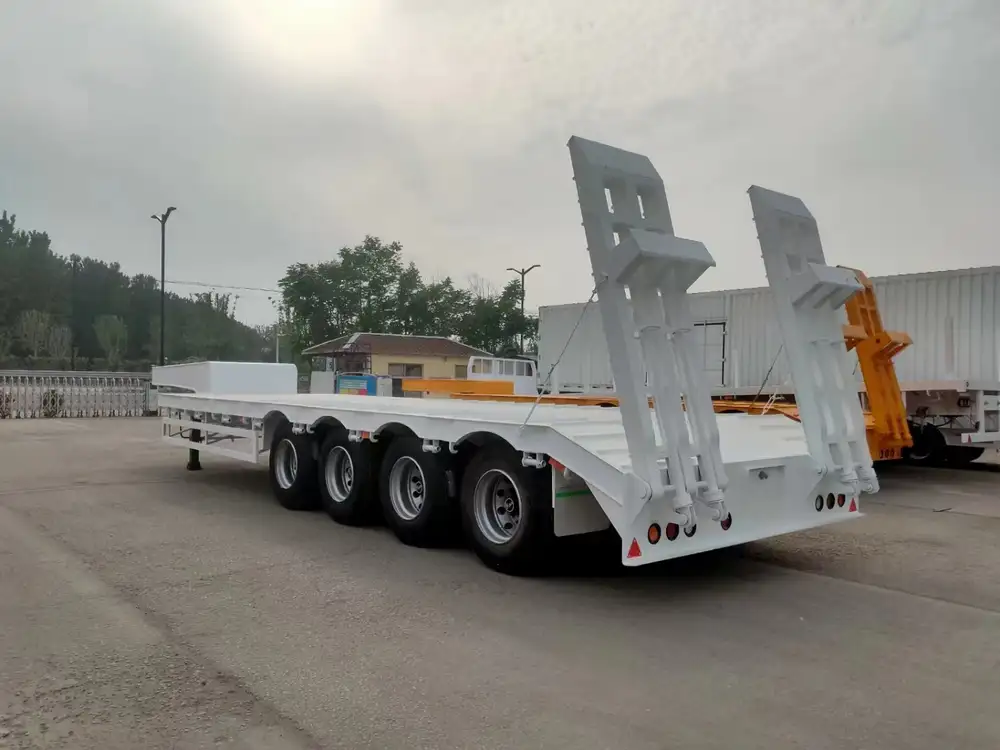
Cargo Compatibility
Understanding the height of your trailer is essential for determining what types of cargo can be transported safely. Heavier or oversized loads often require specialized equipment and modifications.
Safety Considerations
Ensuring trailer heights are compatible with the load height can prevent accidents. Overloading a trailer, whether in terms of weight or height, can lead to disastrous consequences on the road.
Common Questions Surrounding Truck Trailer Heights

Q1: What is the maximum height for a truck trailer on the road?
The maximum height allowed for truck trailers is generally 13.5 feet across most states in the US. However, individual state regulations can impose stricter rules.
Q2: How do I measure the height of a truck trailer accurately?
To measure, follow these steps:
- Ensure the trailer is on a flat surface.
- Use a measuring tape from the ground to the highest point of the trailer.
- Record the measurement, and confirm whether it aligns with regulatory standards.
Q3: What happens if a truck exceeds height regulations?
Exceeding height regulations can result in fines, legal repercussions, and potential safety hazards. Moreover, oversized vehicles are often rerouted, potentially affecting delivery schedules.
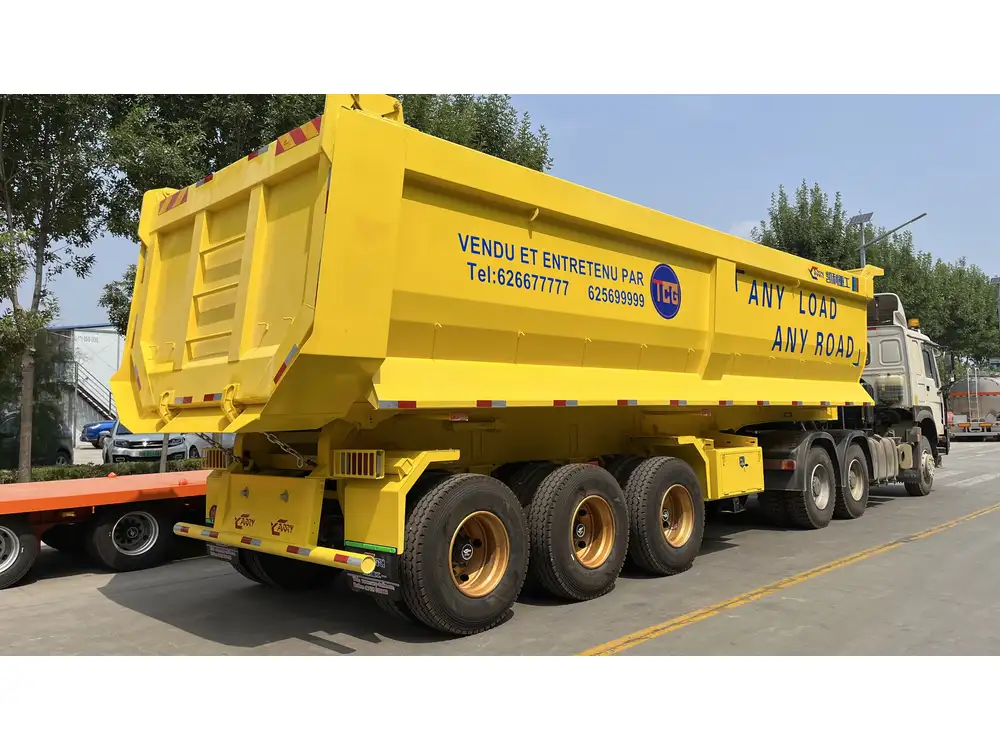
Conclusion: Navigating the Complex World of Truck Trailer Heights
In a world where logistics are increasingly complex, understanding truck trailer heights is not merely a matter of regulation—it’s a cornerstone of operational effectiveness. Compliance, safety, efficiency, and route planning converge upon this singular detail. As manufacturers and as logistics managers, being well-versed in the nuances of trailer heights enables seamless transport experiences. The complexity of trucking infrastructure and the variety of cargo considerations necessitate an in-depth appreciation of trailer specifications.
In our pursuit to provide the best solutions, seeking expert advice and leveraging the right tools will further bolster our operational capabilities. Whether adjusting to height restrictions or optimizing loading practices, awareness of truck trailer heights plays a crucial role in today’s dynamic transport environment. Staying informed ensures that our transportation strategies remain efficient, safe, and legally compliant.



